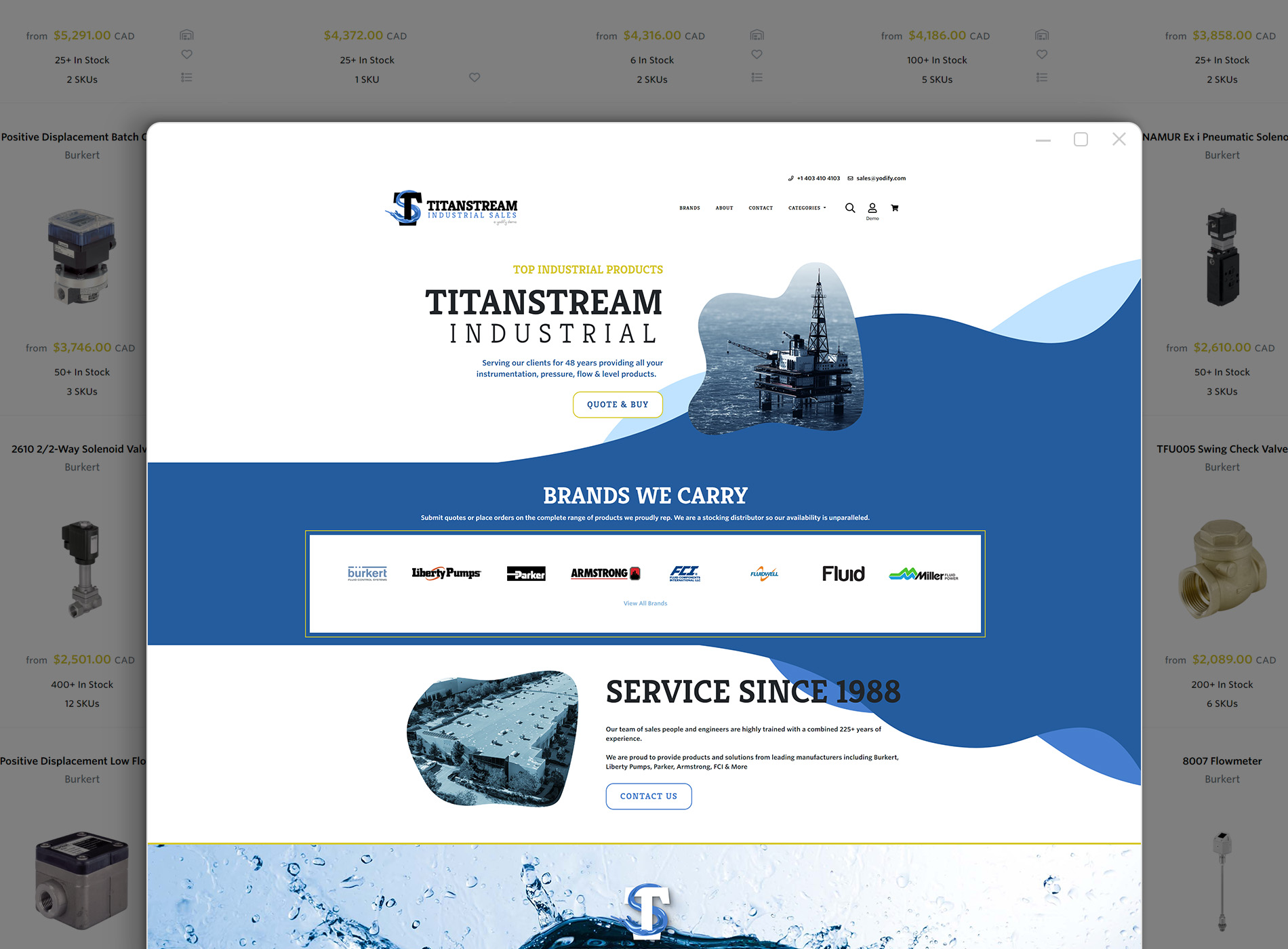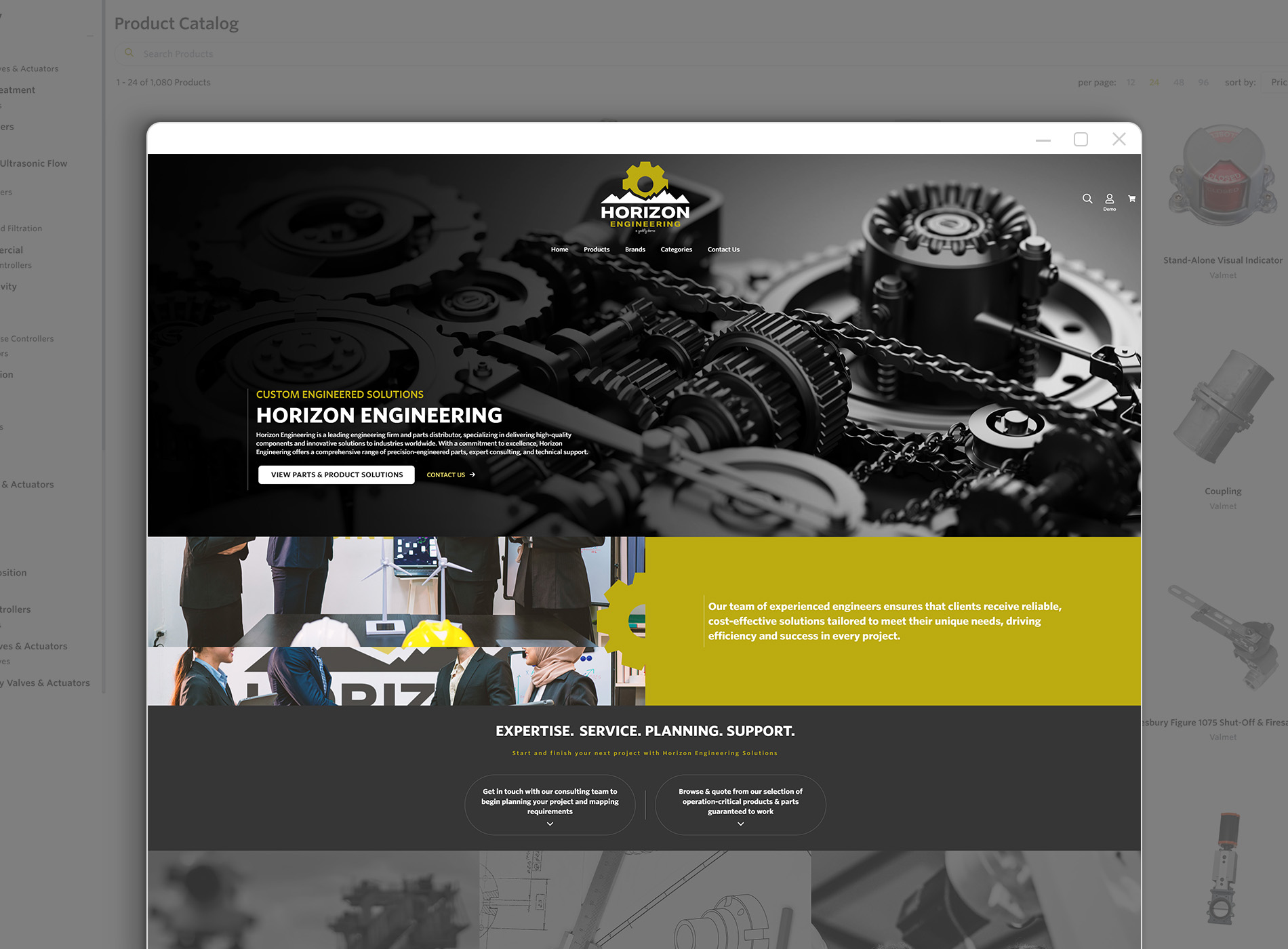Yodify Product Library
Instantly add the Valves for Land Based Applications and 50,000+ more product series to your store or catalog
Book Your Demo and See How
or create your store
Valves for Land Based Applications
Brand: Honeywell International IncHoneywell’s HERMetic valves are specifically designed to support all portable HERMetic equipment with quick connectors and represent the base for the zero-ullage reference when installed at the appropriate height.
They ensure safe and reliable operation of all portable HERMetic units certified for use in classified areas (Zone 0).
What Is It?
Five versions of the HERMetic valves are available:
- HERMetic Compact Valve C2-SS-BL –a 2-inch full-bore ball valve fitted with a 2-inch blind cover made of corrosion-resistant stainless steel with high Molybdenum content
- HERMetic Compact Valve C2-SS-W – is the same as C2-SS-BL except for its cover which is fitted with an additional 1-inch quick-connect nipple
- HERMetic Compact Valve C2-SS-SEC – is the same as C2-SS-BL except for a doubly locked security cover which prevents any water ingress and inadvertent opening
- HERMetic Deck Valve A-4-2-1 SS – is a specially designed 4-inch heavy-duty ball valve made of stainless steel 316 with Teflon gaskets to connect HERMetic 4-inch samplers and all other equipment fitted with 1-inch or 2-inch connectors
- HERMetic Valve LC2 – is a 2-inch full bore ball valve for industrial applications where brass material is permitted.
How Does It Work?
HERMetic valves are available in 1-inch, 2-inch and 4-inch sizes, depending on the equipment that has to be connected on the valves.
The top part of the valve is designed to support all HERMetic gauging and sampling equipment with a 1-inch, 2-inch or 4-inch connection.
The compact valves are available with a 2-inch female thread or with DUJ multi-standard flange. The 4-inch deck valve comes with a flange according to ANSI 150 lbs standard.
What Problems Does It Solve?
Honeywell’s HERMetic valves maximize the productivity of the process and minimize lifecycle costs. They represent the interface between the tank and the equipment that can be connected on it.


